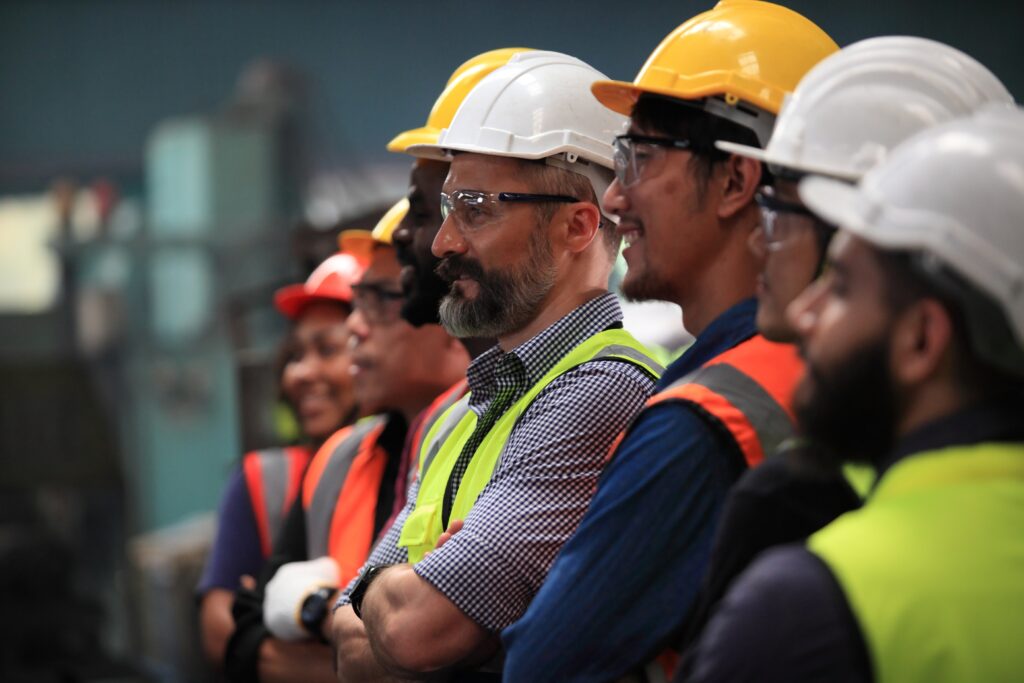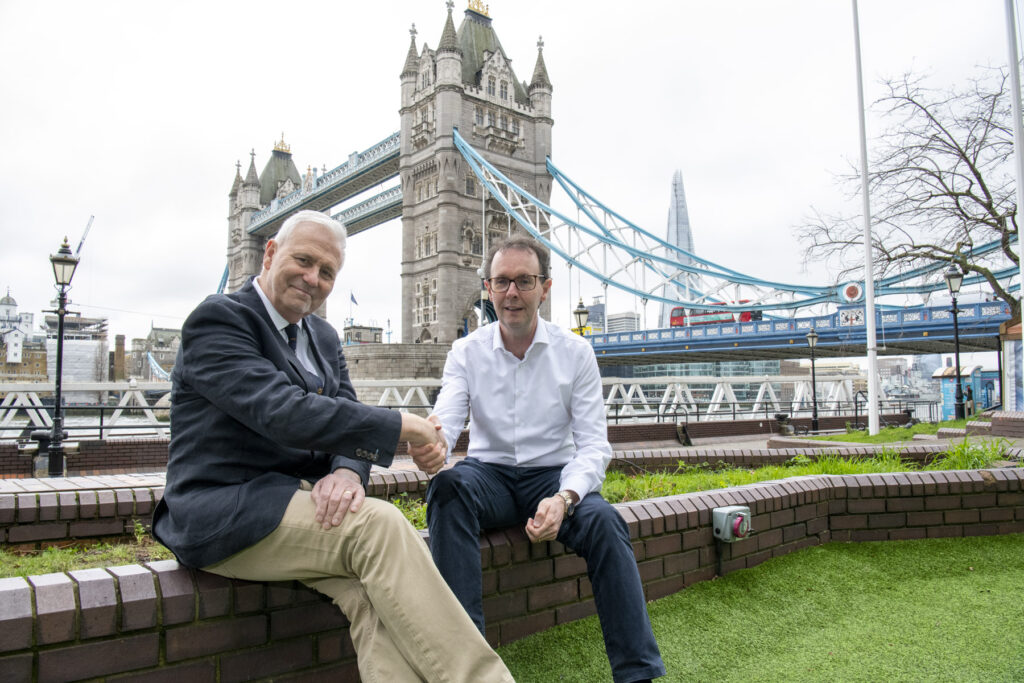International Day of Persons with Disabilities takes place today, December 3rd. The goal is to promote the rights of people with disabilities by recognising the barriers they face, and advocating for inclusion and accessibility.
Disability in Ireland
Around one in every nine people in Ireland have a disability. These include physical disabilities, visual impairments, intellectual disabilities, and neurological conditions.
Not all disabilities are readily visible. Some people have ‘hidden’ disabilities, such as epilepsy, neurological conditions, and being deaf or hard of hearing. Moreover, four out of five people will acquire a disability in adulthood, so it is possible that some of your employees will acquire a disability in the future. With this in mind, it is good practice to devise health and safety plans from an inclusive perspective. (Source)
Your Obligations as an Employer
According to the Safety Health and Welfare at Work Act 2005, employers must ensure ‘the safety, health and welfare at work of all employees’ in so far as is practicable. (Source) Additionally, Regulation 25 of the Safety, Health and Welfare at Work (General Application) Regulations 2007 addresses the safety of people with disabilities at work, stating that employers must ensure that workplaces account for employees with disabilities, for example ensuring people can use doors, staircases, and bathrooms. (Source)
Other legislation pertaining to the health and safety of people with disabilities at work includes the Employment Equality Acts, which specify that employers must accommodate people with disabilities as is reasonable. Measures may include:
- Desks with adjustable heights
- Hands-free phone sets
- Voice controls
- Adjusting working time patterns, e.g. allowing earlier or later start or finish times
- Arranging the delegation of tasks as necessary, e.g. ensuring that employees who are hard of hearing are not required to take meeting minutes.
(Source)
Making Reasonable Accommodations
If an employee makes a request for reasonable accommodation, the employer must complete an analysis of their needs, the conditions in which they work, and the employer’s own resources. From this, the employer must devise a solution that both fulfils the employee’s needs, and is reasonable to provide based on resources.
Note that if the facility or treatment is something that the employee can be reasonably expected to provide for themselves, e.g. an inhaler or walking aid, the employer is not obligated to provide this. (Source)
Create an Inclusive Workplace Culture
Many employees may be reluctant to inform their employer about their disability, for a number of valid reasons. While this is each individual’s personal decision, and must be respected either way, the employee’s needs may not be met if they do not disclose. This can create ‘unintended, unforeseen health and safety risks’. To reduce this sense of reluctance amongst employees, employers should foster ‘a supportive, non-judgmental environment’, and ensure that all employees are reminded of this.
Employers can encourage a sense of inclusivity by asking all employees if they have any health and safety requirements. It is recommended to do this initially during an employee’s induction to the company, and then periodically at review meetings. As mentioned earlier, many people acquire their disability in adulthood, so people’s health and safety needs may change over time.(Source)
Measures that employers can take to create an inclusive culture are:
- Providing or increasing the provision of disability awareness training and employment equality training which will increase employees’ knowledge and help to engender a supportive and inclusive workplace culture.
- Develop commitment and action plans detailing your intentions to maintain an inclusive workplace.
- Encouraging employees with disabilities to apply for promotions, to ensure better representation of people with disabilities at senior levels. In general, having role models with a disability at work has been found to encourage people to disclose their disability to their employer. (Source)
As mentioned, some people have hidden disabilities and do not feel comfortable disclosing that to their employer. If you plan effectively, however, you can ensure that your overall health and safety measures account for people of all abilities. You can do this by ensuring that risk assessments take into account any particular risks that may affect people with disabilities.
It is also important to maintain thorough implementation of your health and safety policy. Be aware that certain hazards, such as trailing wires or poorly stored boxes, while dangerous for any employee, can be particularly dangerous for someone with a disability such as restricted vision. (Source)
With any issue as crucial as this, it is recommended to seek professional guidance to ensure that you are adhering to legislation and best practices. For a consultation on how to make your workplace safe for all, contact our expert team on (01) 838 5595 (Dublin), (021) 421 0331 (Cork), or email info@ayrton.ie.



